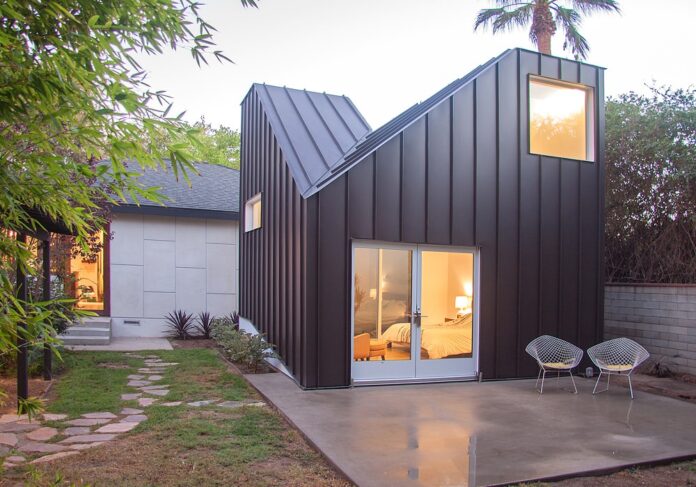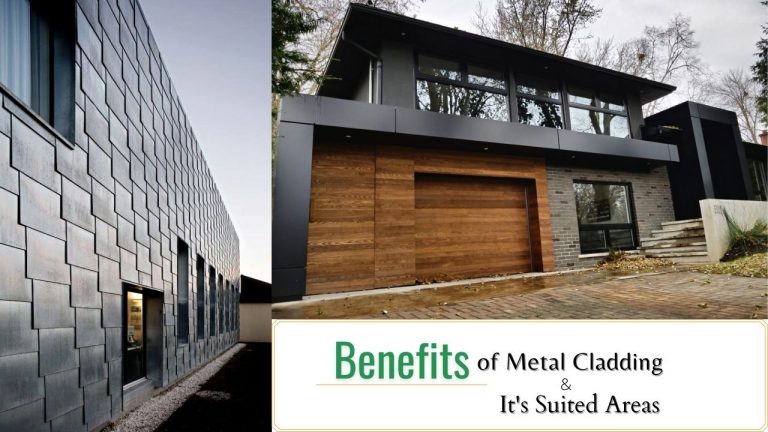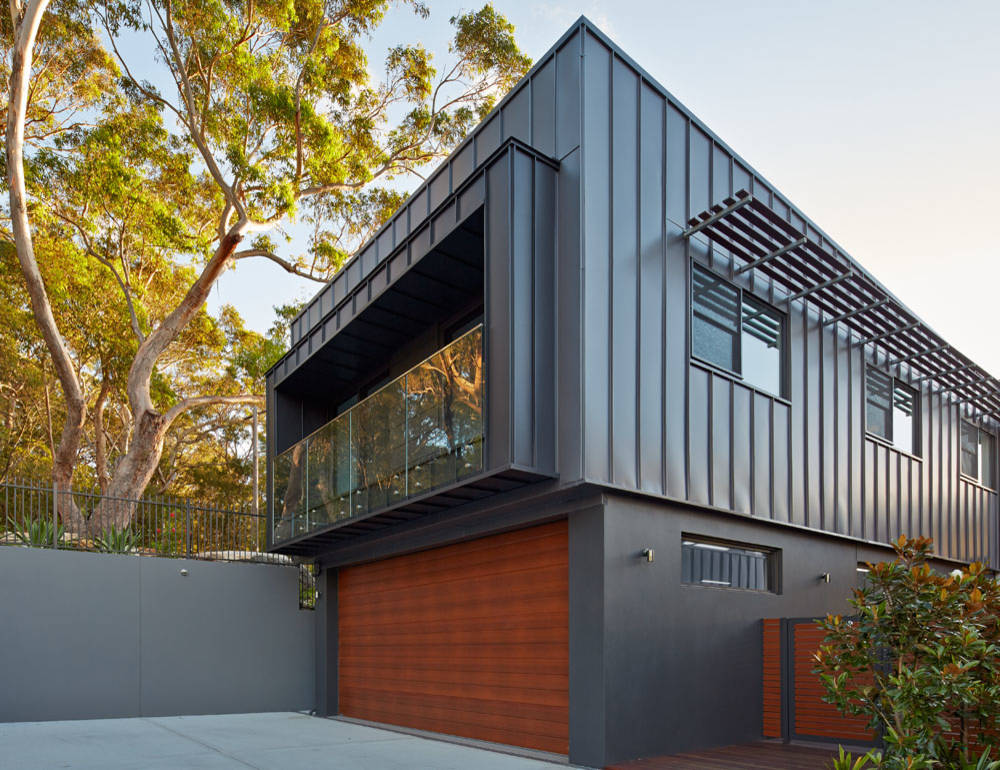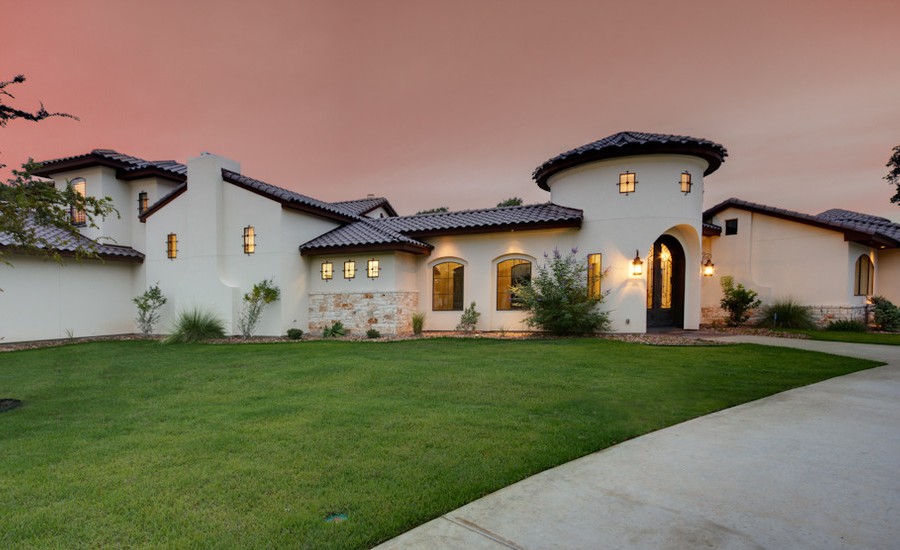Is metal cladding the building material you have been looking for? Here’s everything you need to know about how to use it.
Adding cladding to the external walls of your home has many benefits. Cladding is long lasting and helps to regulate the thermal properties of the home within. It prevents damage to the exterior of your building. Cladding adds to the structural integrity of a property and has many more benefits.
Today we want to talk about metal cladding. What is it? Where do you put it? How is it best used and in which areas? Find it all of this and more, below.
What is metal cladding?
Metal cladding is material that we add in panels to the outside of our homes. It helps to protect them from damage, keep the inside warm, and gives a visual appeal. However, we do recall the Grenfell Tower incident, which did use ACM cladding.
ACM cladding is comprised of two aluminium sheets bolted together and filled. The cavity between them can be filled with varied materials. Mineral infill is common and fire safe, while plastic fillings are cheaper but carry a fire risk. Buildings clad in any type of cladding now need inspections for fire safety risks within government guidelines.
Should you require a builder capable of inspecting your metal cladding for safety, we recommend ASD Builders. You will find ASD builders information through their website. They can also install new cladding which meets EWS1 standards.
What are the Benefits of Metal Cladding?
Metal cladding comes with a wide array of benefits. Some of the common ones are as follows:
- Thermal regulation – properties which have cladding on their exterior walls retain energy better.
- UV protection – a building with cladding can repel some of the harmful UV rays we experience in summer.
- Doesn’t crack – while timber or weatherboard cladding will crack, metal cladding does not.
- Requires no maintenance – providing it has been properly sealed, metal cladding will not require maintenance.
- Improves the aesthetic appeal of your home.
- Adds value to your property.
- Protects the exterior walls of the building from damage.
- Long lasting and exceptionally durable.
- Available in a wide range of colour and style choices.
There are few drawbacks to metal cladding. If it has not been sealed properly, it can corrode. If you hire a reputable company to install it in the first place, it shouldn’t.
Where should you use metal cladding?
Metal cladding is placed on any exterior surface of your building. It comes in sheets, which can be laid diagonally, vertically, or horizontally. Metal can be moulded to shape, should your house be unique. Metal cladding can also be used in conjunction with other types of cladding.
Metal cladding is best used on buildings with a contemporary edge. Its smooth, chic finish means that it is perfect for architects. We recommend that you use it on the lower portion of your home. Although you can use it everywhere. The lower portion of your home is in contact with day to day use. If you own a block of flats and 100 residents, come and go each day, dents, scrapes and scratches could be common. Applying an exterior wall system here will protect the wall from further damage.
Types of metal cladding
Metal cladding comes in many forms. While we are used to the aluminium cladding, metal cladding also comes in steel, zinc, or copper. Each type of metal cladding comes with the cavity filled with another material. Usually this is mineral based, but it can be plastic.
What’s Best for You?
If you are thinking of getting metal cladding in your home, call the experts for advice before you shop.




















